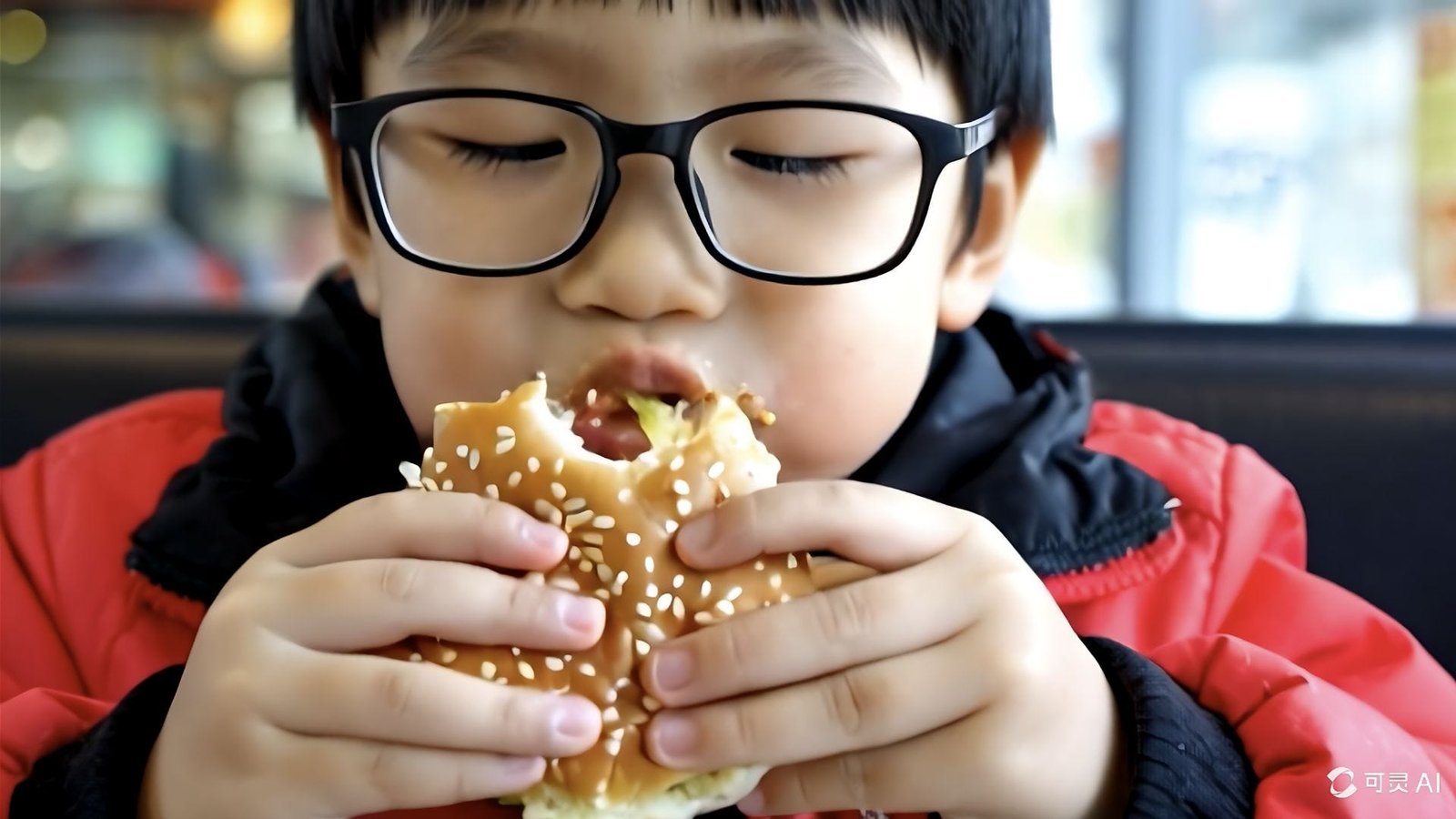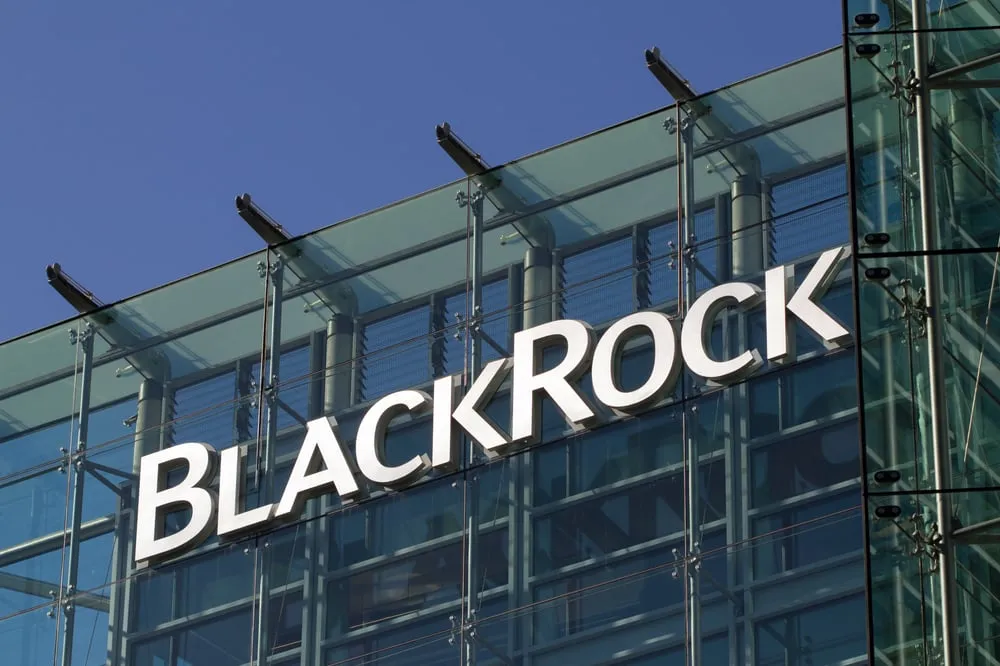Kling AI, developed by Chinese tech giant Kuaishou Technology, is a groundbreaking text-to-video generation model that has captured global attention for its ability to create highly realistic videos from text prompts. Surpassing many of its competitors, including OpenAI’s anticipated Sora model, Kling AI leverages advanced 3D reconstruction technology to produce vivid, lifelike videos up to two minutes long, setting a new benchmark in AI-driven video creation.
High-Quality Video Generation
Producing videos up to two minutes long in 1080p resolution at 30 frames per second, Kling AI sets a high standard in video quality. The model’s ability to generate vivid visuals and lifelike content makes it difficult to distinguish AI-generated videos from real footage. This level of detail and realism is achieved through advanced 3D face and body reconstruction technology, ensuring that every frame is rich in detail and true to life2.
Advanced 3D Technology
Kling AI employs a unique 3D Variational Autoencoder (VAE) for face and body reconstruction, enabling detailed expression and limb movement from a single full-body image. This technology is further enhanced by a 3D spatiotemporal joint attention mechanism, which allows the model to handle complex scenes and movements, ensuring that generated content adheres to the laws of physics34. The combination of these advanced technologies results in videos that are not only visually stunning but also highly realistic, making Kling AI a leader in the field of AI video generation.
Versatility and Realism
Kling AI’s versatility is showcased through its ability to generate videos in various aspect ratios and simulate large-scale realistic motions, effectively mimicking real-world physical properties. Examples of its prowess include a man riding a horse in the Gobi Desert, a white cat driving a car through a bustling urban street, and a child eating a burger, demonstrating its capability to handle diverse and complex scenarios with high fidelity2.
Competitive Edge Over Sora
While OpenAI’s Sora can generate one-minute-long videos, Kling AI extends this capability to two minutes, providing more flexibility and detail in video creation. The model’s ability to produce high-definition 1080p videos at 30 frames per second, combined with its advanced 3D face and body reconstruction technology, sets it apart from its competitors3. Additionally, Kling AI’s open-access approach, albeit with regional restrictions, makes it more accessible to users eager to explore its capabilities5. This competitive edge underscores China’s rapid advancements in AI video generation, positioning Kling AI as a formidable rival in the global market.






